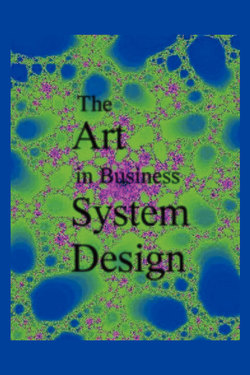Читать книгу The Art in Business System Design - Jeff Chapman - Страница 19
На сайте Литреса книга снята с продажи.
The Art of the Form
ОглавлениеLet’s face it: programs run on data. Your software will either receive a direct supply of this data from another machine or it will be interacting with human beings. Most business programs must ultimately, however, gather input from folks who enter vast quantities of customer-related data by typing on a keyboard into an on-screen form. Hence one key to successful software design is mastering how to develop effective data entry forms.
Since humans are highly evolved toward visual processing and semiotic signaling, designing a quality form is as challenging as a fashion model who tries to impress a critic: you must attend to placing every detail as the smallest lapses from perfection stand out starkly. We notice if your borders are too wide or your color choices are too pale.
Organize your forms into logical pieces so that they present related fields to the relevant subgroup of employees with the authority to update them. Required fields should have default values; group commonly-entered fields together near the high-touch areas of the form. Think of organizing your form like you would organize a restaurant menu: appetizers, desserts, drinks.
Users prefer consistent hand actions that keep the fingers fixed over the home keys. Too much clicking about with a mouse for reading and selecting of pulldown menus is an annoyance for high volume data entry.
Either the tab or the enter key should advance between fields in a consistent and logical manner. Indicate errors as close as possible to the source field (physically and temporally) with both a visual cue and a subtle audible signal.
Quality forms take a fair amount of effort to develop; failure to pay attention to all of the small details shows considerable discourtesy to your users. By paying attention to this handful of guidelines you may create forms that are intuitive, promote quality data, are easy to learn, are simple to use, and are haute couture.
